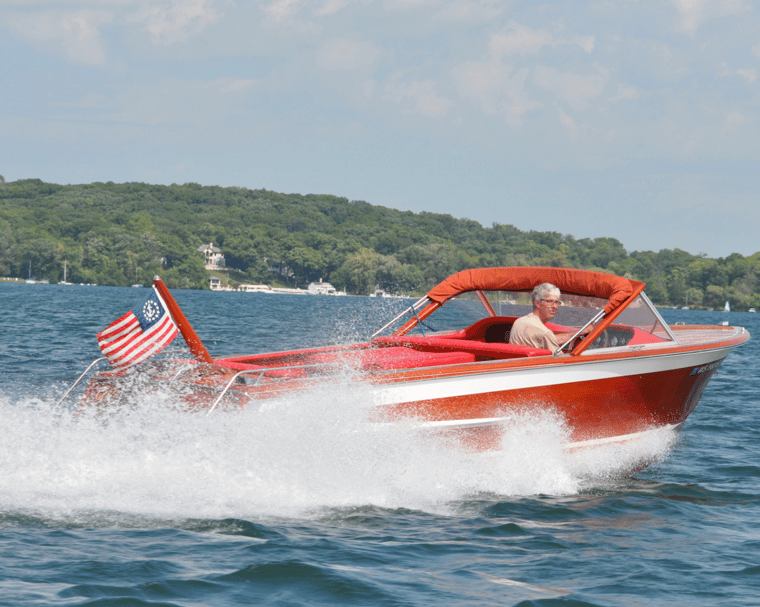Boat shoes, also known as deck shoes or topsiders, are classic. Originating in the early 20th century, boat shoes have an interesting history shaped by functionality, fashion, and practicality.
The story of boat shoes begins with Paul A. Sperry, an American sailor and inventor. In the 1930s, Sperry noticed that his dog maintained traction on slippery surfaces due to the grooves on its paws. Inspired, he created a shoe with a similar non-slip sole for sailors navigating the slippery decks of boats.
In 1935, Sperry developed the first boat shoe by carving grooves into the rubber sole of a standard shoe using a penknife. This innovative design gave sailors better traction on wet surfaces, reducing the risk of slips and falls. Sperry’s creation revolutionized footwear for sailors. The original boat shoe design featured a leather upper with laces and a rubber sole a distinctive siping pattern for better traction on wet surfaces.
During World War II, boat shoes were adopted by the U.S. Navy for their practicality and functionality. Sailors and naval officers appreciated the shoes’ slip-resistant soles and comfortable design, which made them suitable for long hours on deck.
After the war, boat shoes transitioned from function to fashion, popular among the sailing set of the Northeast and Great Lakes. In the 1960s, boat shoes surged in popularity as a staple of preppy fashion. The ultimate arbiters of early 60s style, John F. Kennedy Jr. and Jacqueline Kennedy Onassis were frequently photographed wearing boat shoes.
Throughout history, boat shoes have remained a timeless classic, transcending trends and maintaining popularity for generations. Still favored by sailors and boating enthusiasts for their practicality, boat shoes have also become a versatile wardrobe staple.
Today, boat shoes are available in a variety of materials, colors, and designs to suit different tastes and preferences. While traditional styles featuring leather uppers and rubber soles remain popular, modern iterations may incorporate alternative materials such as canvas, suede, or synthetic fabrics. Despite these variations, the essence of the boat shoe—a comfortable, slip-resistant footwear option with nautical flair—remains unchanged.






